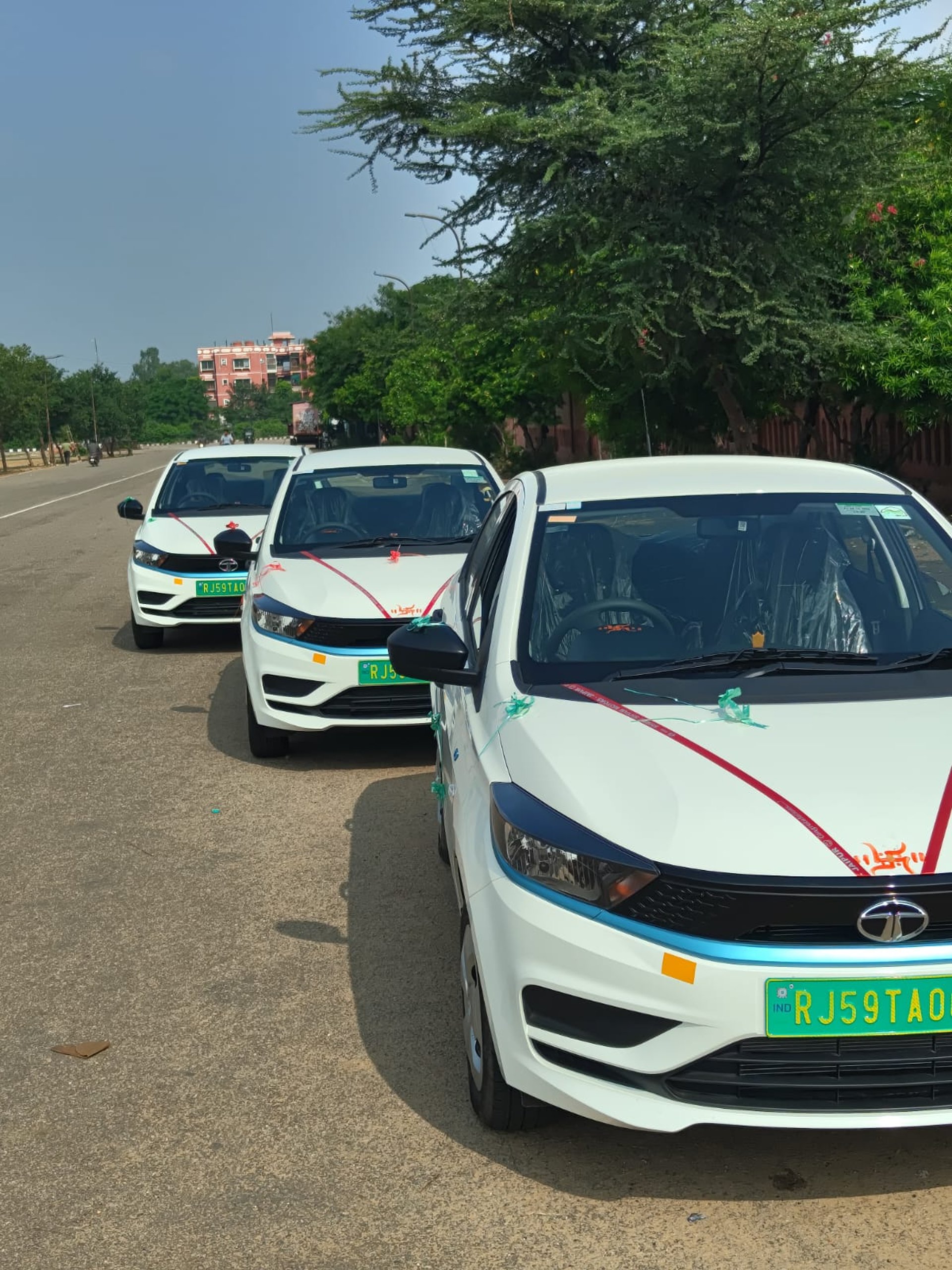EVs in India: A Path Towards a Sustainable Future
This blog discusses the importance of adopting electric vehicles (EVs) for passenger transportation in India. It highlights the current landscape, challenges like high costs and limited charging infrastructure, and offers solutions such as incentives and public awareness campaigns. The blog underscores how accelerating EV adoption can lead to a cleaner, more sustainable future for India.
PNK CABS
4/1/20233 min read

India stands at a pivotal moment in its journey towards sustainable development. With the rise of electric vehicles (EVs) globally, India is on the cusp of a transportation revolution that promises to reduce carbon emissions, enhance energy security, and provide a cleaner, healthier environment for its citizens. The adoption of EVs for passenger transportation in India is not just a trend but a necessity in the fight against climate change. This blog explores the current landscape, challenges, and opportunities for EV adoption in India's passenger transportation sector.
The Current Landscape
India's transportation sector is one of the largest contributors to greenhouse gas emissions, accounting for nearly 13% of the country's total emissions. The reliance on fossil fuel-powered vehicles has led to severe air pollution in many urban areas, contributing to health issues and environmental degradation. However, the landscape is gradually changing.
Government initiatives like the Faster Adoption and Manufacturing of Hybrid and Electric Vehicles (FAME) scheme and state-specific policies have been instrumental in driving EV adoption. The recent rollout of FAME II with an outlay of ₹10,000 crore aims to promote EV adoption by providing incentives for EV manufacturing, infrastructure development, and reducing the overall cost of ownership for consumers.
Challenges to EV Adoption
Despite the positive momentum, several challenges hinder the widespread adoption of EVs in India's passenger transportation sector:
High Initial Costs: EVs typically have a higher upfront cost compared to their internal combustion engine (ICE) counterparts. While the total cost of ownership may be lower in the long run, the initial investment can be a deterrent for many consumers.
Charging Infrastructure: The availability of charging stations is a critical factor for the adoption of EVs. While urban areas have seen a gradual increase in charging points, rural and semi-urban regions lag significantly, creating range anxiety among potential EV buyers.
Battery Technology: The current battery technology, although improving, still poses challenges in terms of range, charging time, and longevity. The dependency on imports for battery cells also adds to the cost and supply chain vulnerabilities.
Consumer Awareness: Many potential buyers are still unaware of the benefits of EVs, including lower running costs, reduced maintenance, and environmental benefits. Misconceptions about the reliability and performance of EVs also persist.
Opportunities and Solutions
To overcome these challenges and accelerate EV adoption in passenger transportation, a multi-faceted approach is necessary:
Incentives and Subsidies: Continued government support in the form of incentives, subsidies, and tax benefits can help bridge the cost gap between EVs and ICE vehicles. State governments can also play a crucial role by offering additional incentives.
Expansion of Charging Infrastructure: Public-private partnerships can be key to developing a widespread and reliable charging network. Innovations like battery swapping stations and fast-charging solutions can also help alleviate range anxiety.
Investment in R&D: Investing in research and development for advanced battery technologies and localized manufacturing can reduce dependence on imports, lower costs, and improve the performance of EVs.
Public Awareness Campaigns: Educating consumers about the benefits of EVs through targeted awareness campaigns can dispel myths and encourage adoption. Demonstrating the long-term financial savings and environmental impact can motivate more people to make the switch.
Integration with Public Transportation: Encouraging the use of electric buses, rickshaws, and taxis can significantly reduce urban pollution and create a positive perception of EVs in public transportation.
The Road Ahead
India's journey towards EV adoption for passenger transportation is both challenging and promising. With the right mix of government policies, industry initiatives, and consumer awareness, the country can transition to a cleaner, more sustainable mode of transportation. The benefits of EVs go beyond just reducing emissions—they offer a pathway to energy security, economic growth through new industries, and a healthier environment for future generations.
As we look to the future, it is clear that electric vehicles will play a pivotal role in shaping India's transportation landscape. The time to accelerate EV adoption is now, and with concerted efforts from all stakeholders, India can lead the way in the global shift towards sustainable mobility.
Embracing electric vehicles for passenger transportation is not just a move towards modernity but a commitment to a sustainable and prosperous future for India. The road ahead may be challenging, but the destination is well worth the journey.
Contact us
Whether you have a request, a query, or want to work with us, use the form below to get in touch with our team.


Hours
7:00 AM To 12:00 AM


India’s first all-electric shared smart mobility solution for efficient, affordable, intelligent and sustainable mobility.
Follow us on social media